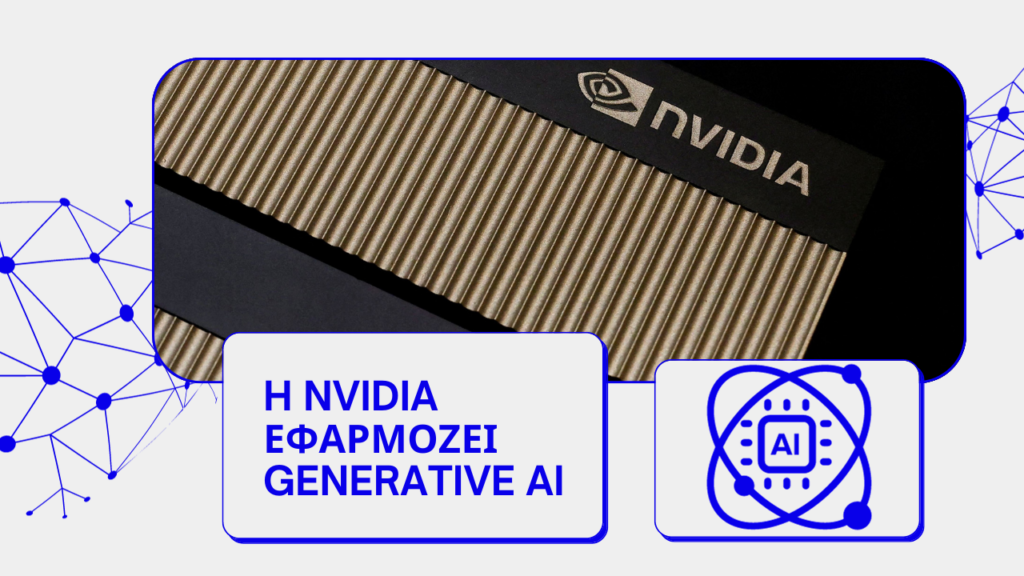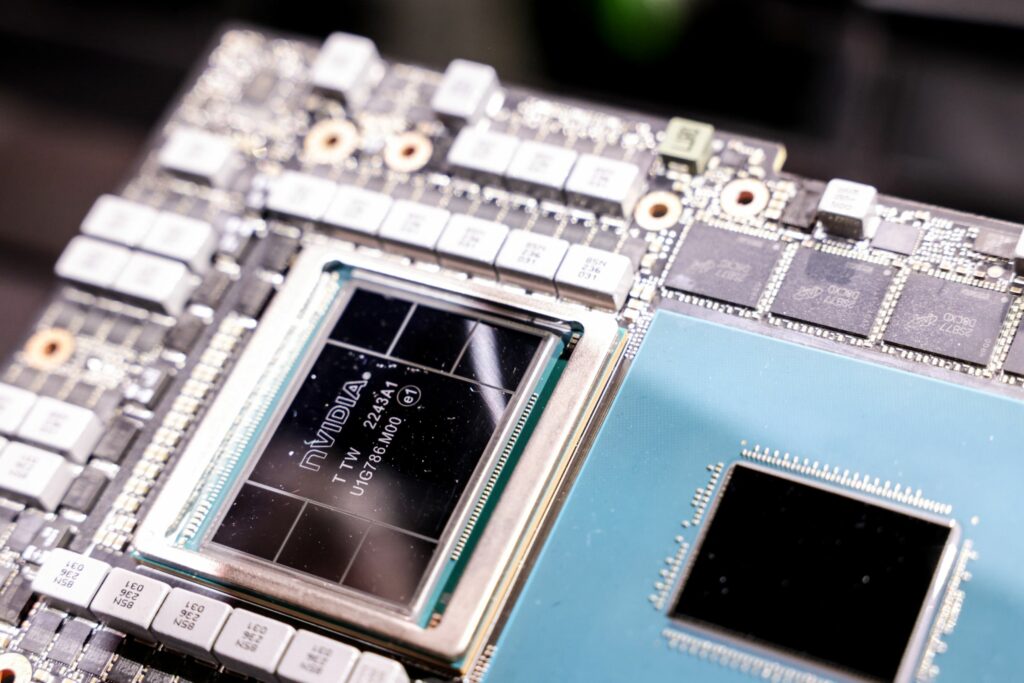The head of the Nvidia, Bill Dally, revealed that the company is testing generative AI to improve the productivity of chip.

"Even if we manage to increase their productivity by 5 percent, that's a significant success," Bill Dally said in an interview before the conference. Nvidia can't yet claim to have achieved that goal. The system, known as ChipNeMo, it is not ready for the kind of big test that will really confirm its value. However, one member of the volunteer team at Nvidia is using it and there are some positive points, according to Bill Dally.
ChipNeMo represents a specialized approach to a large language model. Initially, it operates as an LLM consisting of 43 billion parameters and derives its skills from a trillion tokens - fundamental language units - of data. In this approach, it's like offering it a rich Education. However, if you wish to specialize it, you can fine-tune it to a specific set of data... in this case, the chip design.
To achieve this, two more steps were required. First, the already trained model was retrained using 24 billion specialized data. Of this, 12 billion came from design documents, bug reports and other internal English-language data collected during Nvidia's 30 years of chip design work. The remaining 12 billion data came from code, such as the hardware description language Verilog and scripts for doing things with industrial electronic design automation (EDA) tools. Finally, the model underwent "supervised refinement" by training it with 130,000 sample conversations and designs.
The result of this project, known as ChipNeMo, includes three different Functions: as chatbot, as a scripting tool for EDA and as a tool for summarising bug reports.
Acting as a chatbot for engineers can save valuable time for designers, according to Bill Dally. "Experienced designers spend a lot of time answering questions from new designers," he said. As a chatbot, AI can save time for experienced designers by answering questions that require Experiencesuch as interpreting strange signals or correctly performing a particular test.
Chatbots, however, have gained a reputation for their tendency to present misleading answers when they don't know the answer. To address this issue, Nvidia developers incorporated a feature called augmented retrieval Information at ChipNeMo. This feature forces the AI to retrieve documents from Nvidia's internal data in order to generate reliable recommendations.
In a second case, ChipNeMo helped engineers to carry out tests on designs and components. As Bill Dally stated, many design tools are used, which are often complex and involve many lines of code. ChipNeMo simplifies the designers' task by providing a more natural human interface, rather than a collection of hidden commands.
When a test fails, it connects to Nvidia's internal bug reporting system and each report can contain detailed page data. Then, an "ARB" (acronym for "action required by") is sent to a designer for repair and the Procedure.
ChipNeMo summarizes the many pages of the bug report into one paragraph, speeding up the decision-making process. In addition, it provides two different summaries: one for the engineer and one for the manager.
The leaders Manufacturers chip design tools, such as the Synopsys and the Cadence, are looking for ways to integrate artificial intelligence into their own systems. However, according to Bill Dally, they are facing challenges that prevent them from achieving the same level as Nvidia, which is the desired outcome.

"What allows us to achieve this is our 30-year collection of design documents and code stored in a database", he said.
Source: spectrum.ieee.org

